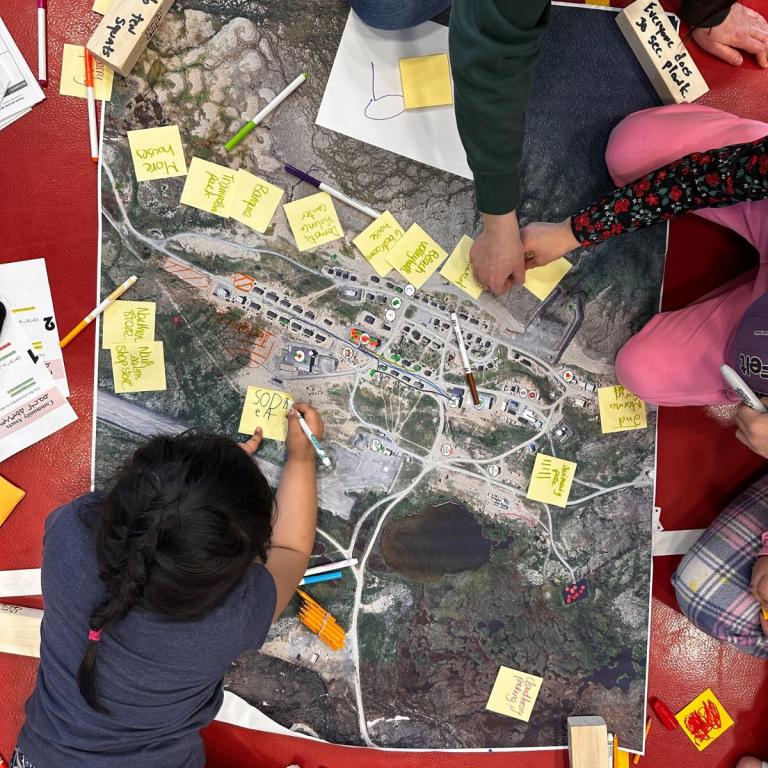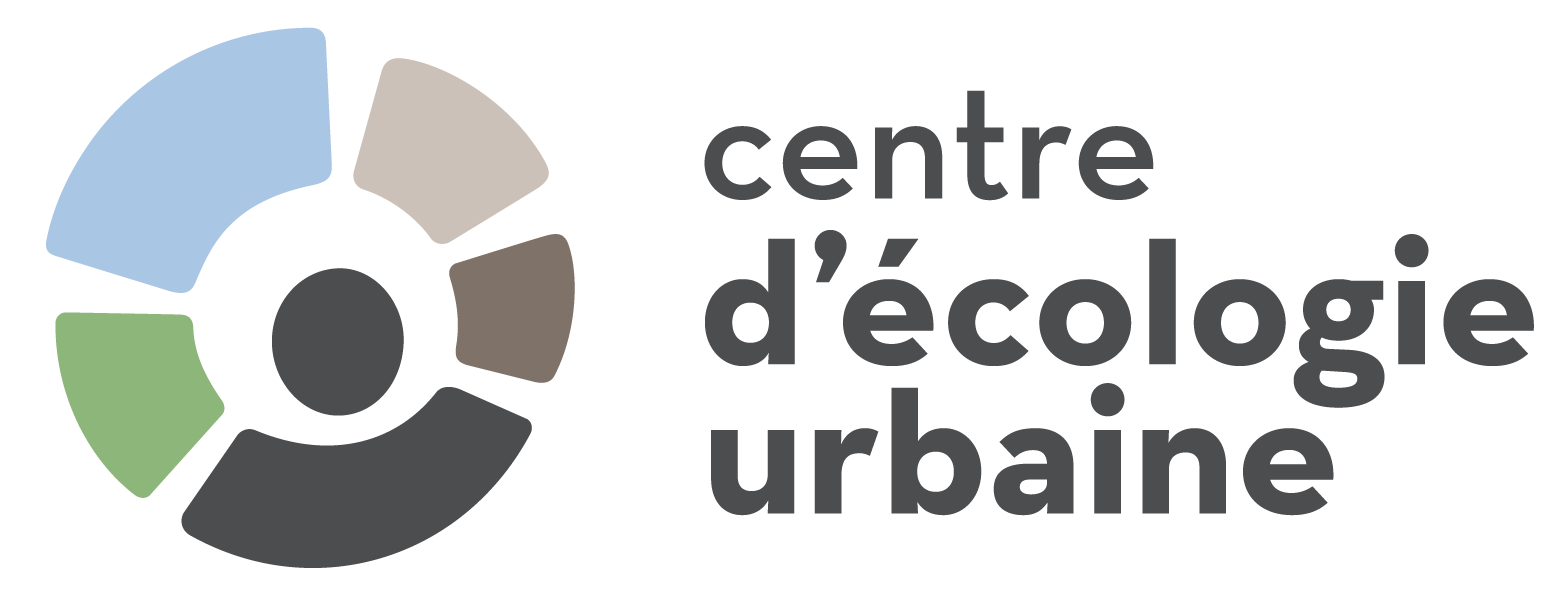
Explore
Identify design scenarios that will meet needs and resolve issues.
WHAT?
The Exploration phase is based on the observations and findings of the Understanding phase. During Exploration, the range of design options are presented and evaluated prior to decision-making.
In this phase, acceptance, co-operation, diverse points of view, and creativity are a must to obtain the best results. Professionals, citizens, community workers, merchants and elected officials are invited to suggest ideas and discuss different possible approaches.
Proposals inspired by best practices
No approach should be excluded when searching for specific solutions for each project. It is a good idea to look at local, national and international initiatives that have proven successful in similar contexts. Participatory urban planning has made remarkable progress during the last decade and many examples can serve as references.
WHY?
- To bring together all stakeholders to imagine the best solutions to the identified problems;
- To develop innovative ideas inspired by best practices;
- To develop a collective work dynamic among people who are often not used to working together.
WHO?
- Professionals working in the project area: Typically those connected to urban planning, transportation, architecture, urban design and landscape architecture. They have specialized understanding of the area and its characteristics.
- Professionals without much familiarity with the project area: They can provide a new outlook and possible design solutions.
- Citizen experts: They already have in-the-field knowledge and an informed approach to the area and process.
- Merchant group representatives: These stakeholders have a unique perspective that must be taken into account.
- School and community professionals: They are important to the social fabric of most neighbourhoods.
- Elementary and high school students: These users are particularly affected by questions of safety and can provide innovative perspectives.
HOW?
- Workshops with groups of informed and active citizens
- Workshop sessions with professionals
- Workshops with elementary and high school students

